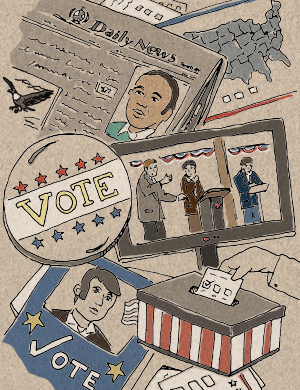With the results of the mid-term elections just behind us, it is time to think about the opportunities and challenges for education policy in the next two years and beyond. At the top level gridlock is sure to continue, but much progress remains possible if the administration and congressional leaders can cooperate in areas where they fundamentally agree. These include a shared belief that American education cannot be complacent, but must continue to advance by helping teachers, districts and school leaders raise standards, improve teaching and learning, and make wise choices for children based on the best available evidence. Here are some specific actions I'd suggest to accomplish these goals.
1. Maintain the Investing in Innovation (i3) Program and other sources of evidence
Investing in Innovation (i3) is a U. S. Department of Education program that funds development, evaluation, and dissemination of proven programs for all of grades pre-k to 12. In a policy environment emphasizing local schools' right to choose their path to success, i3 offers information on "what works" that is essential in a system moving from government mandates to local control. Just as Department of Agriculture-funded research has long provided information but not direction to farmers, i3, the Institute of Education Sciences (IES), and other agencies are providing information for informed decision-making in education.
2. Encourage use of proven programs
Where the federal government continues to fund programs of assistance to schools such as Title I, educators should be encouraged to use programs and practices with strong evidence of effectiveness. This encouragement could include modest incentives in competitive grants (such as a few preference points) or modest additional funds in formula grants if grantees agree to use a portion of their formula grants (such as Title I) on proven programs.
3. Maintain and upgrade the What Works Clearinghouse
The What Works Clearinghouse provides information on the strength of evidence supporting various educational programs. It is not as user-friendly as it might be, and it needs to be revamped to focus on pragmatic programs with impacts on measures that matter. However, for evidence to matter in a system of informed local choice, something much like the WWC is needed.
While there are many issues on which the Congress and the administration will disagree, I hope and expect that they will agree that every federal dollar spent on education should make the largest possible difference for children. Investments designed to create, evaluate, and disseminate effective approaches have to be central to any strategy intended to help educators improve outcomes among all schools. Our children can't wait for better educational programs and practices. They need them now. This is something that all people of good will can agree on.
* Illustration by James Bravo


You need to be a member of School Leadership 2.0 to add comments!
Join School Leadership 2.0